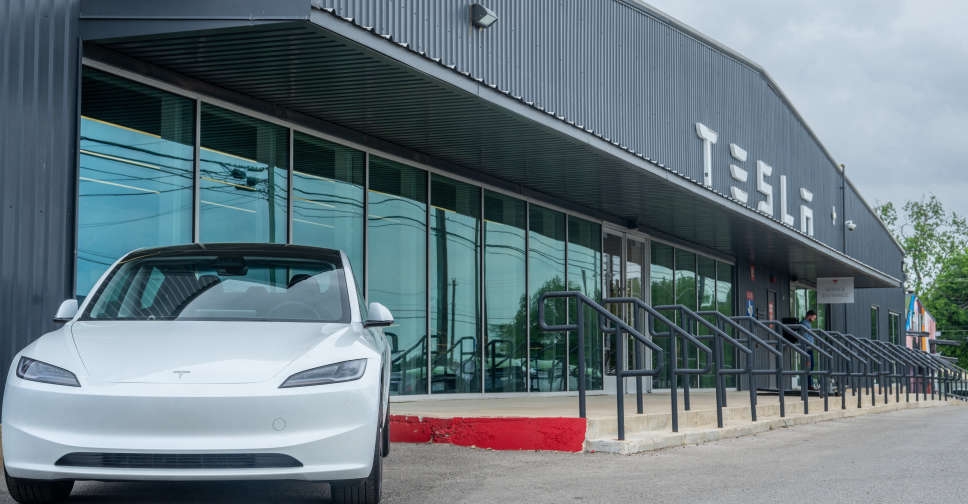
Apple Inc.’s lower-cost iPhone SE is gaining more traction than expected with users, tempering a sales decline and soothing investors’ concerns about growth. The $399 handset garnered a healthy dose of criticism when it was unveiled in March. It was still too expensive to be attractive in emerging markets, and had the potential to reduce profitability in developed economies because customers would prefer it to more expensive, higher-margin models, nay-saying analysts said at the time. Yet the SE proved to be a bright spot in the company’s earnings report Tuesday. Though the company forecast sales would fall for a third consecutive quarter, the $45.5 billion to $47.5 billion range for the current period was better than most analysts estimated. The revenue decline in the three months that ended in June was also smaller than projected, in part thanks to consumers embracing the new phone model. The company’s shares jumped as much as 7.5 percent in extended trading. “Good things happen when people expect nothing,” said Amit Daryanani, an analyst at RBC Capital Markets who estimates that the SE accounted for 23 percent of total iPhone sales. “The numbers aren’t getting any worse and we’re getting into a new iPhone cycle soon." A new flagship model should improve the company’s financial performance, he added. Weathering a Slowdown Cupertino, California-based Apple, which ets more than half its revenue from the iPhone, has felt the impact of a cooling global smartphone market particularly keenly. The shares have lost more than a fifth of their value in the past year amid mounting concerns about the slowdown. Growth in the smartphone industry will slow to 3.1 percent this year, down from 11 percent last year and 28 percent in 2014, according to researcher IDC. Against that backdrop, analysts were surprised by Apple’s positive forecast, which gave them reason for optimism about the company’s flagship product, even before an expected major design overhaul in 2017. “The customer demand for our products was significantly stronger than we had anticipated at the beginning of the quarter,” Chief Financial Officer Luca Maestri said in an interview. “We were not able to fulfill iPhone SE demand throughout the quarter. We have now been able to put in enough capacity to provide sufficient supply for the next quarter.” The risk is that propping up revenue with the cheaper handset comes at the expense of Apple’s unparalleled smartphone profit margins. The average price for iPhones in the recent period fell to $595, from $660 a year earlier, reflecting the rise in popularity of the less expensive device. Gross margin in the fourth quarter will be 37.5 percent to 38 percent of revenue, narrower than the 38.3 percent analysts had predicted on average, and smaller than the 39.9 percent margin of the year-earlier quarter. Tapering profitability may not extend beyond the fourth quarter, when Apple will unveil a new iteration of the iPhone, tentatively dubbed iPhone 7. Unlike the SE, whose features are less advanced than the 6S and 6S Plus models released in 2015, each flagship iPhone upgrade has traditionally spurred revenue growth with profit margins closer to 40 percent. Challenges in China have driven much of Apple’s revenue decline in the past year. Revenue from greater China dropped by a third in the recent period as Apple lost market share to local competitors offering much cheaper devices with growing capabilities. Apple was nonetheless able to boost iPhone sales in emerging economies such as Brazil, India and Russia, as well as Japan. Chief Executive Officer Tim Cook said the company’s sales in China are usually strongest right after an upgraded iPhone is unveiled. “Our share in China tends to peak during launch windows,” Cook said on a conference call with analysts. “There’s a higher high and a lower low.” Preparations for the iPhone 7 reduced Apple’s cash reserves to $232 billion, just short of the level in March. Research and development spending also jumped by more than a quarter from the same period a year ago to $2.6 billion. The increasingly saturated Chinese market has shifted Apple’s focus to India as its next source of growth. Revenue jumped 51 percent there in the first nine months of the year. Cook visited the 1.2 billion person country in May in an effort to foster relationships with local power brokers and seek approval to open local retail stores. He opened a 4,000 employee office in Hyderabad to develop mapping products. “We’re looking forward to opening retail stores in India down the road, and we see huge potential for that vibrant country,” Cook said Tuesday. Bloomberg


 Tesla to sell Model Y cars in India, starting at $69,770
Tesla to sell Model Y cars in India, starting at $69,770
 Wizz Air to exit Abu Dhabi operations
Wizz Air to exit Abu Dhabi operations
 DP World to develop Syria’s Tartus Port under $800 million agreement
DP World to develop Syria’s Tartus Port under $800 million agreement
 UAE strengthens intellectual property ties with Spain, Morocco
UAE strengthens intellectual property ties with Spain, Morocco



